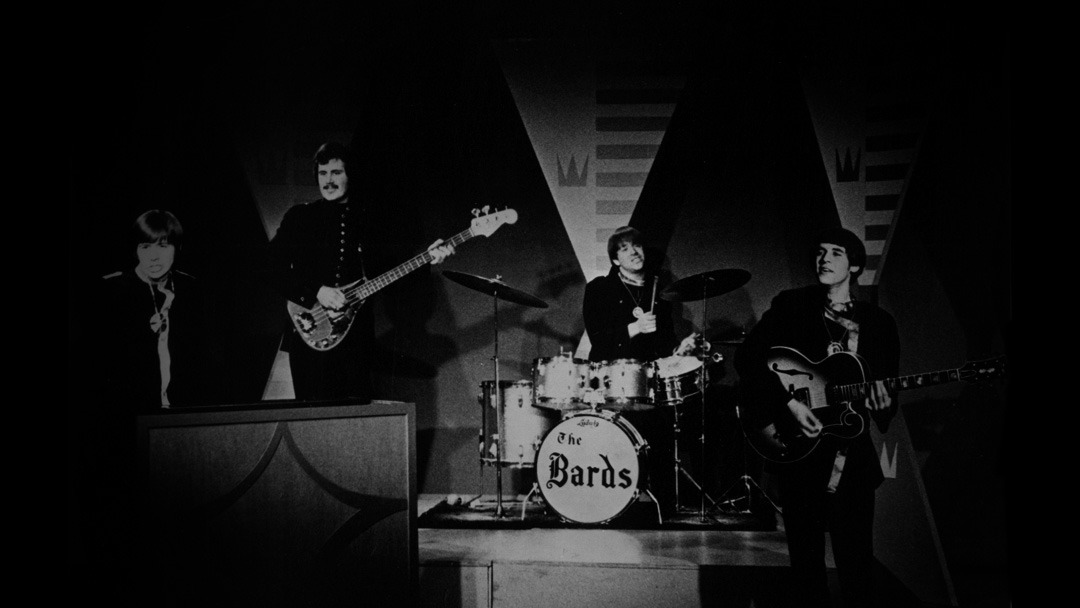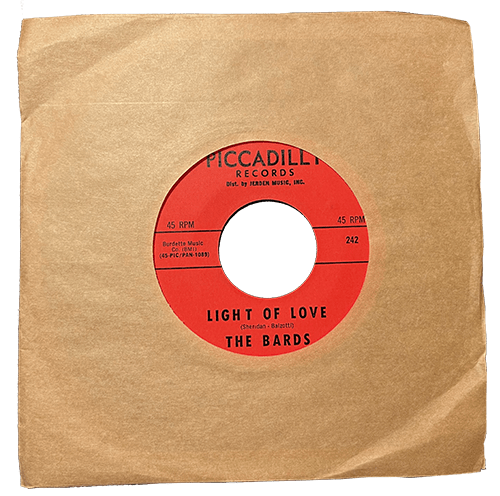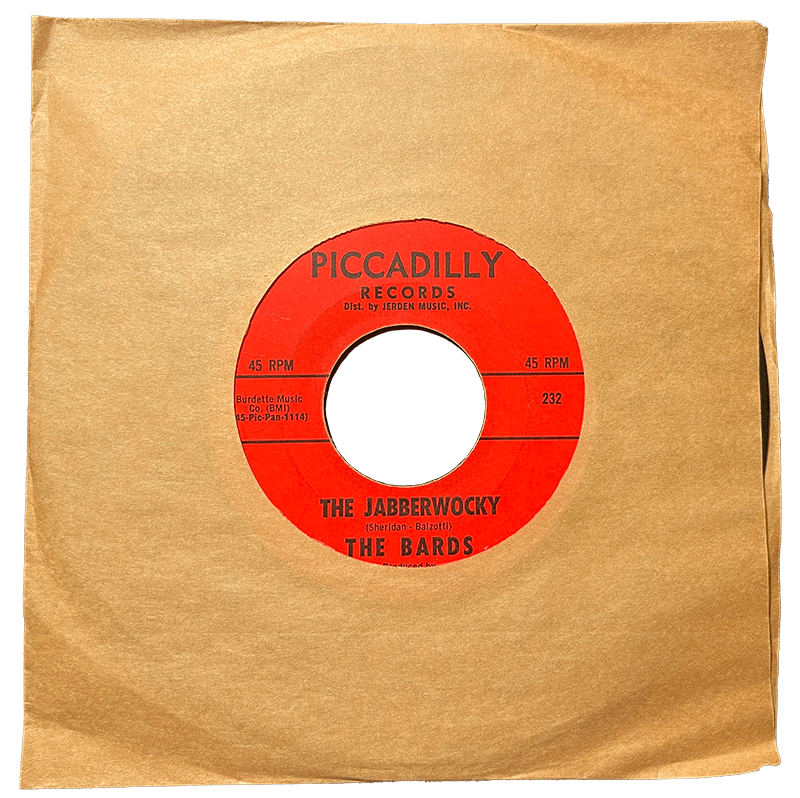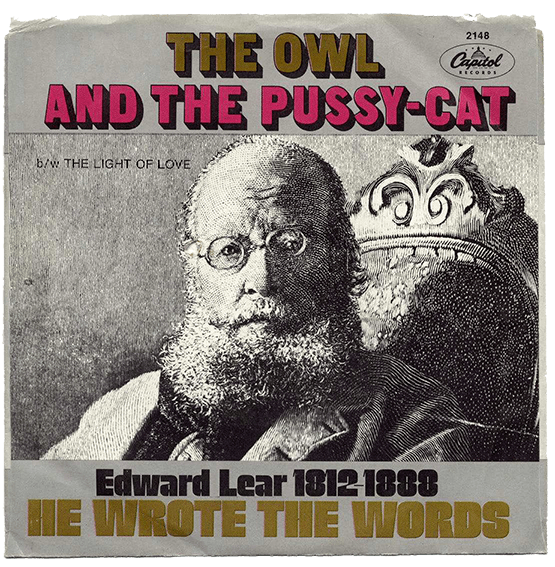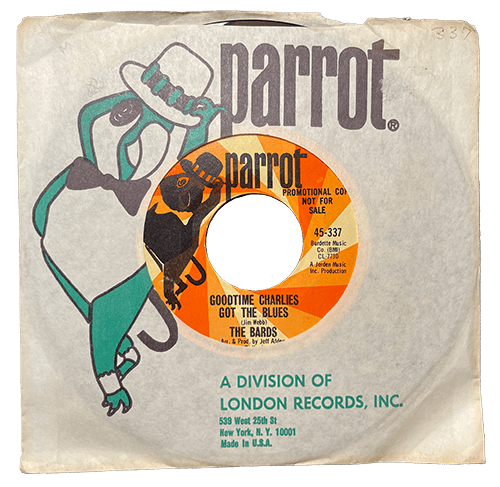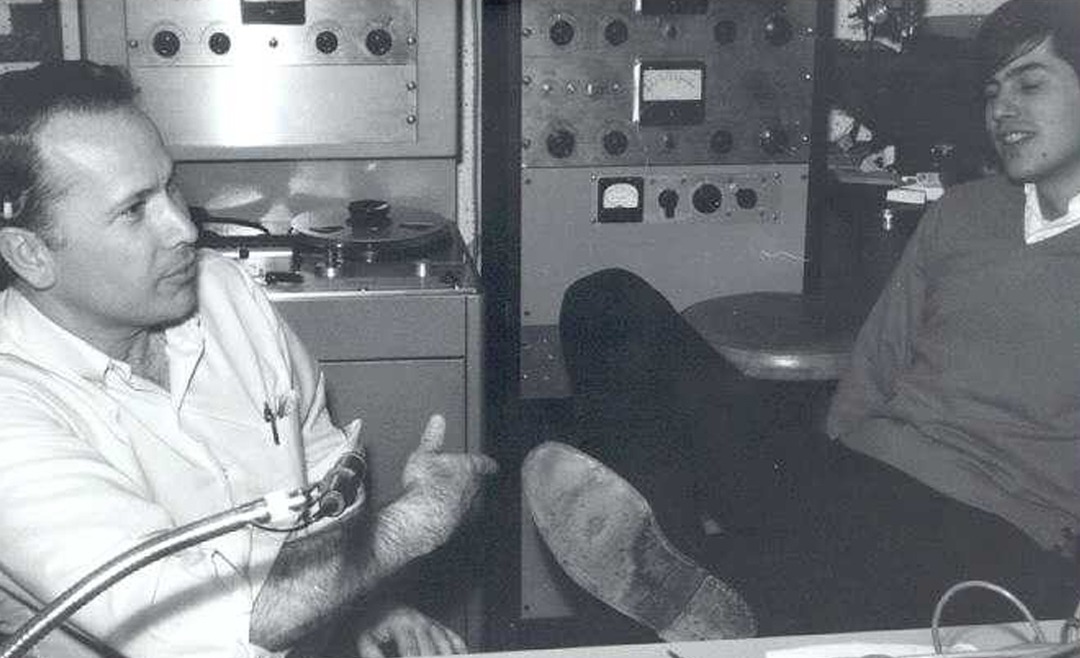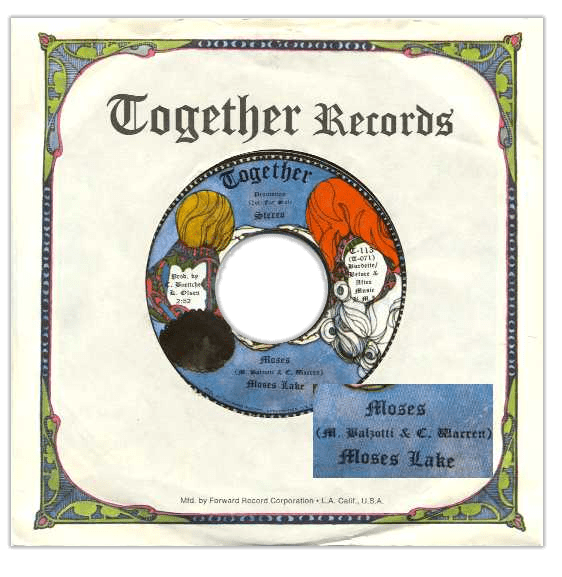Rediscovered and Resurrected The Bards Enter the Digital Age
More serendipity…and a testament to the power of the web to transcend time and space.
On a chance Google search for The Bards in about 2001 – keep in mind Google Search was in its infancy, founded in 1998 – I found, to my surprise, an album of Northwest artists with one of our songs on it. So, of course I had to order the CD. In the ordering comments I said, hey, that’s actually one of my songs and if you have any more Bards recordings being released I’d love to know about it!
The next surprise was a call from a fellow who introduced himself as Roger Maglio, owner/founder of Gearfab records out of Ontario, Florida. A label ‘dedicated to releasing LEGITIMATE & AUTHORIZED 1960’s Psychedelic/Garage/Rock sounds from the period 1965-1972.’
The combined words ‘gear’ and ‘fab’ appropriately time stamp the label. And of course, we checked all those boxes – garage band; somewhat psychedelic; and from the mid 60’s.
I was utterly astounded that this guy knew all about our Curt Boettcher – Keith Olson produced album recorded in 1968!
One single, Oobleck, by the former Bards renamed Moses Lake was released on their newly created label, Together Records. However, because the new label never got their funding, the completed album was never released.
I don’t recall how Roger knew our ‘story’ but this chance encounter certainly qualifies as serendipitous.
But there’s more!
The original 16 track tapes couldn’t be located but again, fortuitously, Mardig wisely had his copy ‘baked’ preserving it, making possible the 2002 release of the Moses Lake Recordings and again, ‘transcending space and time’, created new life for a 60’s band – now resurrected some 37 years after the fact. In fact, we celebrated with a Bards reunion, including a performance at Moses Lake High School. – Mike
